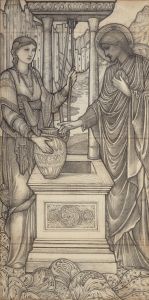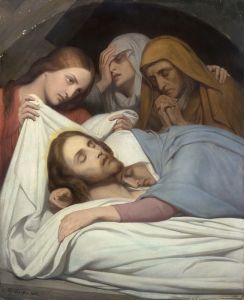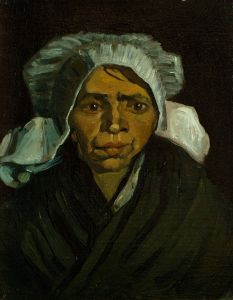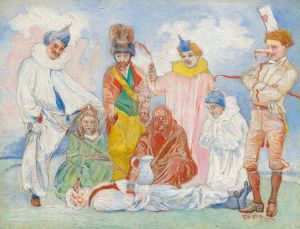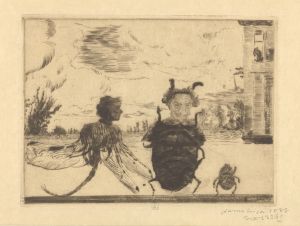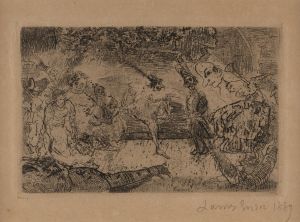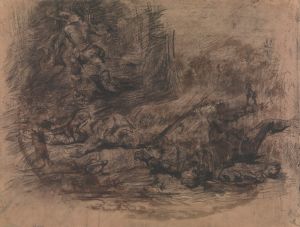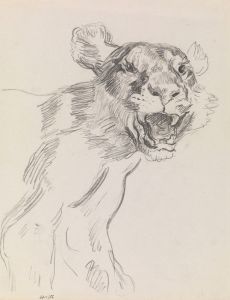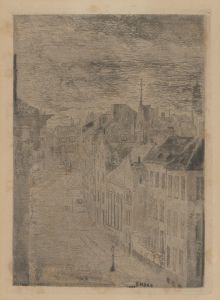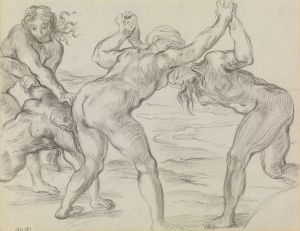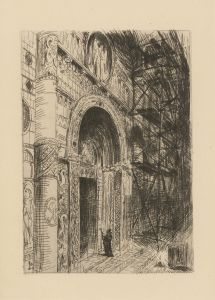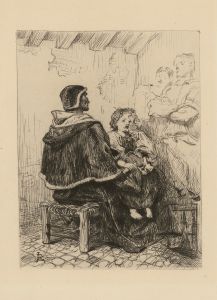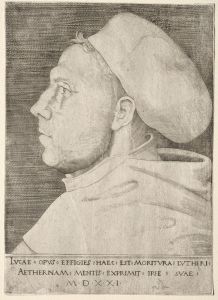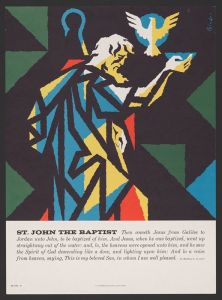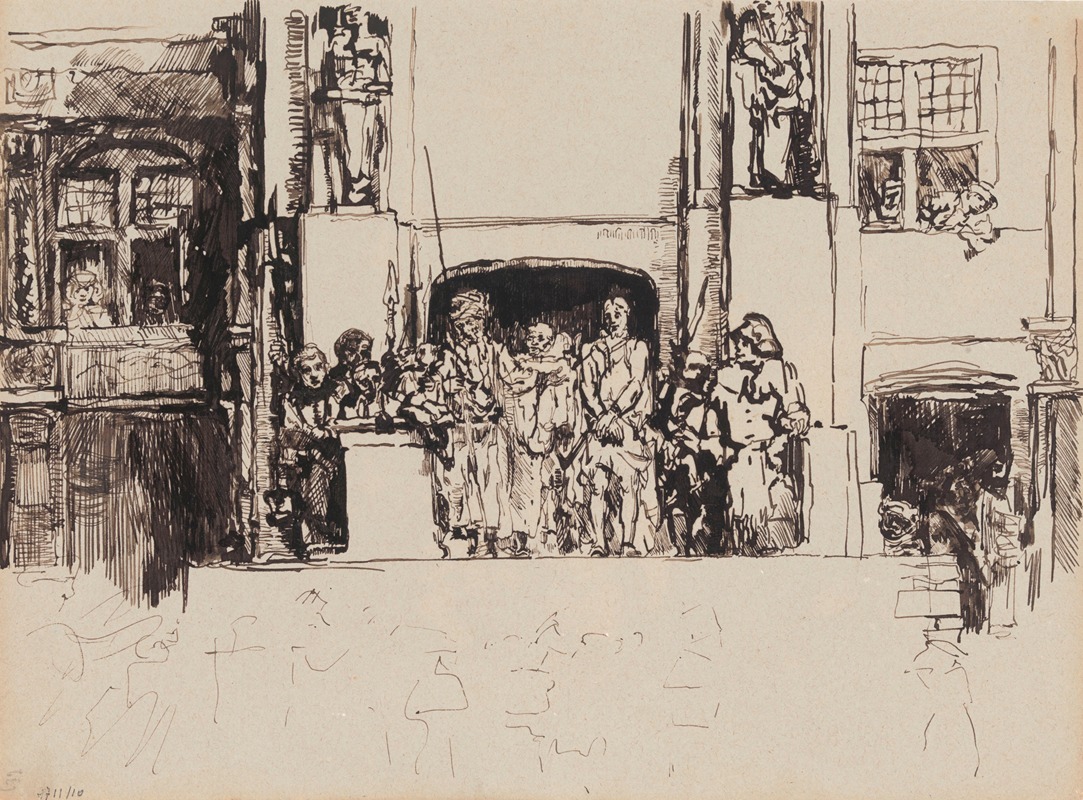
Christ Showed to the People
A hand-painted replica of James Ensor’s masterpiece Christ Showed to the People, meticulously crafted by professional artists to capture the true essence of the original. Each piece is created with museum-quality canvas and rare mineral pigments, carefully painted by experienced artists with delicate brushstrokes and rich, layered colors to perfectly recreate the texture of the original artwork. Unlike machine-printed reproductions, this hand-painted version brings the painting to life, infused with the artist’s emotions and skill in every stroke. Whether for personal collection or home decoration, it instantly elevates the artistic atmosphere of any space.
"Christ Showed to the People" (also known as "Ecce Homo") is a painting created by Belgian artist James Ensor in 1885. Ensor, a prominent figure in the Symbolist movement, is known for his distinctive style that blends elements of realism, satire, and the grotesque. This work is one of his significant early pieces, reflecting his interest in religious themes and his critique of societal norms.
The painting depicts the biblical scene of Pontius Pilate presenting Jesus Christ to the crowd, as described in the Gospel of John (19:5). In this moment, Pilate declares, "Ecce Homo" ("Behold the Man"), showcasing Christ to the people before his crucifixion. Ensor's interpretation of this scene diverges from traditional depictions by incorporating his unique artistic vision and social commentary.
In "Christ Showed to the People," Ensor places Christ at the center of a chaotic and densely packed crowd. The figures surrounding Christ are exaggerated and grotesque, with distorted faces and expressions that convey mockery, hostility, and indifference. This portrayal reflects Ensor's critical view of humanity and society, emphasizing themes of hypocrisy, cruelty, and moral decay. The crowd's grotesque appearance contrasts sharply with the serene and dignified figure of Christ, who stands as a symbol of purity and suffering amidst the chaos.
Ensor's use of color and light in the painting is notable. The palette is dominated by earthy tones, with flashes of brighter colors that draw attention to specific elements of the composition. The interplay of light and shadow enhances the dramatic tension of the scene, highlighting the emotional intensity of the moment.
"Christ Showed to the People" is considered an important work in Ensor's oeuvre, as it marks a transition in his artistic development. During this period, Ensor began to move away from traditional academic painting and embrace a more personal and expressive style. This painting also foreshadows the themes and techniques that would define his later works, including his fascination with masks, carnival imagery, and the grotesque.
Today, "Christ Showed to the People" is recognized as a significant example of Ensor's early exploration of religious and societal themes. It reflects his innovative approach to art and his ability to challenge conventional norms through his unique visual language. The painting is housed in the Royal Museum of Fine Arts in Antwerp, Belgium, where it continues to be studied and appreciated by art historians and the public alike.





